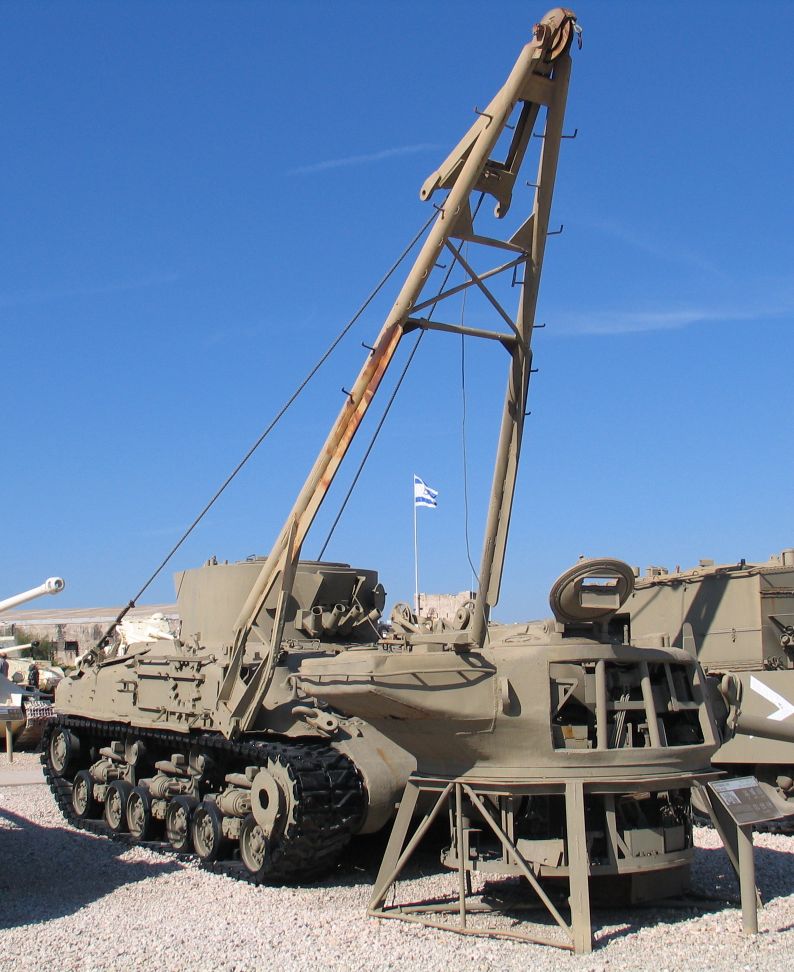sheers on:
[Wikipedia]
[Google]
[Amazon]
 Shear legs, also known as sheers, shears, or sheer legs, are a form of two-legged lifting device. Shear legs may be permanent, formed of a solid
Shear legs, also known as sheers, shears, or sheer legs, are a form of two-legged lifting device. Shear legs may be permanent, formed of a solid
 Shear legs, also known as sheers, shears, or sheer legs, are a form of two-legged lifting device. Shear legs may be permanent, formed of a solid
Shear legs, also known as sheers, shears, or sheer legs, are a form of two-legged lifting device. Shear legs may be permanent, formed of a solid A-frame
An A-frame is a basic structure designed to bear a Structural load, load in a lightweight economical manner. The simplest form of an A-frame is two similarly sized Beam (structure), beams, arranged in an angle of 45 degrees or less, attached a ...
and supports, as commonly seen on land and the floating sheerleg
A floating sheerleg (also: shearleg) is a floating water vessel with a Crane (machine), crane built on shear legs. Unlike other types of crane vessel, it is not capable of rotating its crane independently of its hull.
There is a huge variety in ...
, or temporary, as aboard a vessel lacking a fixed crane or derrick.
When fixed, they are often used for very heavy lifting, as in tank recovery, shipbuilding, and offshore salvage operations. At dockyard
A shipyard, also called a dockyard or boatyard, is a place where ships are built and repaired. These can be yachts, military vessels, cruise liners or other cargo or passenger ships. Compared to shipyards, which are sometimes more involve ...
s they hoist masts and other substantial rigging
Rigging comprises the system of ropes, cables and chains, which support and control a sailing ship or sail boat's masts and sails. ''Standing rigging'' is the fixed rigging that supports masts including shrouds and stays. ''Running rigg ...
parts on board. They are sometimes temporarily rigged on sailboat
A sailboat or sailing boat is a boat propelled partly or entirely by sails and is smaller than a sailing ship. Distinctions in what constitutes a sailing boat and ship vary by region and maritime culture.
Types
Although sailboat terminology ...
s for similar tasks.
Uses
On land
Shear legs are a lifting device related to the gin pole,derrick
A derrick is a lifting device composed at minimum of one guyed mast, as in a gin pole, which may be articulated over a load by adjusting its Guy-wire, guys. Most derricks have at least two components, either a guyed mast or self-supporting tower ...
and tripod (lifting device). Shears are an A-frame
An A-frame is a basic structure designed to bear a Structural load, load in a lightweight economical manner. The simplest form of an A-frame is two similarly sized Beam (structure), beams, arranged in an angle of 45 degrees or less, attached a ...
of any kind of material such as timbers or metal, the feet resting on or in the ground or on a solid surface which will not let them move and the top held in place with guy-wire
A guy-wire, guy-line, guy-rope, down guy, or stay, also called simply a guy, is a tensioned cable designed to add stability to a freestanding structure. They are used commonly for ship masts, radio masts, wind turbines, utility poles, and ten ...
s or guy ropes simply called "guys". Shear legs only need two guys whereas a gin pole needs at least three. The U. S. Army Field Manual FM 5-125 gives detailed instruction on how to rig shears.
On water
Fixed shear legs are most commonly found on floating cranes known asfloating sheerleg
A floating sheerleg (also: shearleg) is a floating water vessel with a Crane (machine), crane built on shear legs. Unlike other types of crane vessel, it is not capable of rotating its crane independently of its hull.
There is a huge variety in ...
s. These have heavy A-frame booms and vary in lifting capacity between 50 and 4,000 tons, and are used principally in shipbuilding, other large scale fabrication, cargo management, and salvage operations.
Temporary sheers comprise two upright spars, lashed together at their heads and their feet splayed apart. Unlike in a gyn, which has three legs and is thus stable without support, stability in sheers (derricks, and single-legged gin poles) is provided by a guy. The heels of the spars are secured by splay and heel tackles. The point at the top of the sheers where the spars cross and are lashed together is the "crutch", to which a block and tackle is attached. Unlike derricks, sheers need no lateral support, and only require either a foreguy and an aftguy or a martingale and a topping lift. Being made of two spars rather than one, sheers are stronger than a derrick of the same size and made of equivalent materials. Unlike the apex of a gyn, which is fixed, the crutch of a sheers can be topped up or lowered, via the topping lift, through a limited angle. In the era of sailing vessels, it was common for dockyards to employ a sheer hulk, an old floating ship's hull fitted with sheer legs, and used to install masts in other ships.
See also
*Crane (machine)
A crane is a machine used to move materials both vertically and horizontally, utilizing a system of a boom, hoist, wire ropes or chains, and sheaves for lifting and relocating heavy objects within the swing of its boom. The device uses on ...
* Masting sheer
* Sheerleg
References
Further reading
* {{cite book, title=Manual of siege and garrison artillery exercises, date=1879, author=R. Radcliffe, chapter=X. Sheers and Derricks Sailing rigs and rigging Vertical transport devices Lifting equipment Cranes (machines)